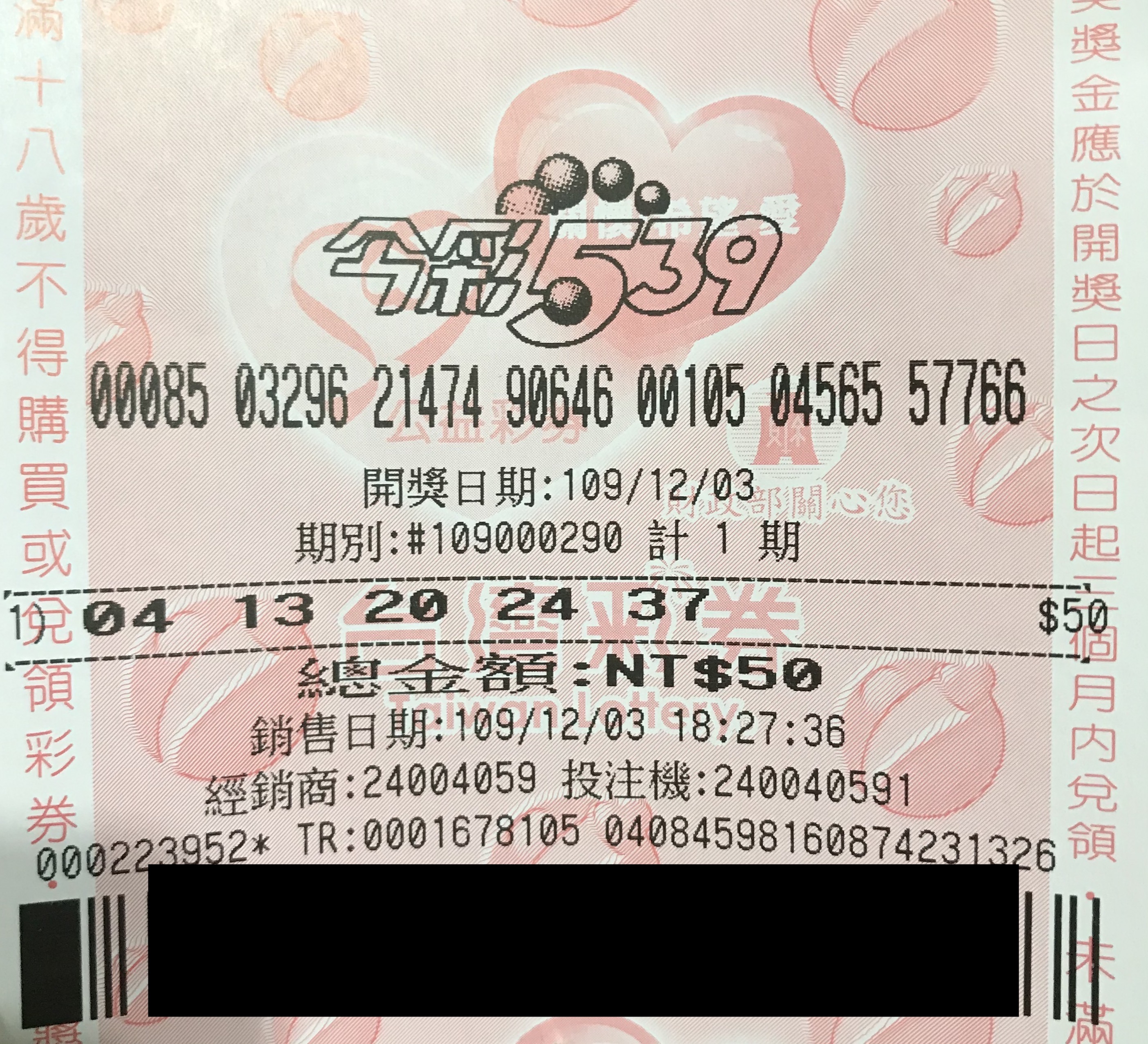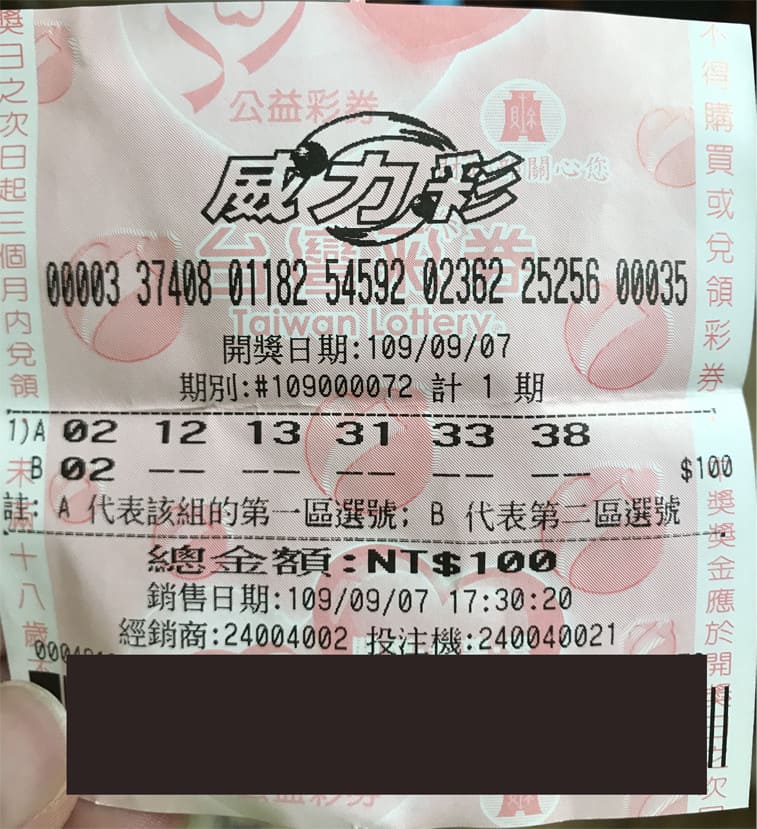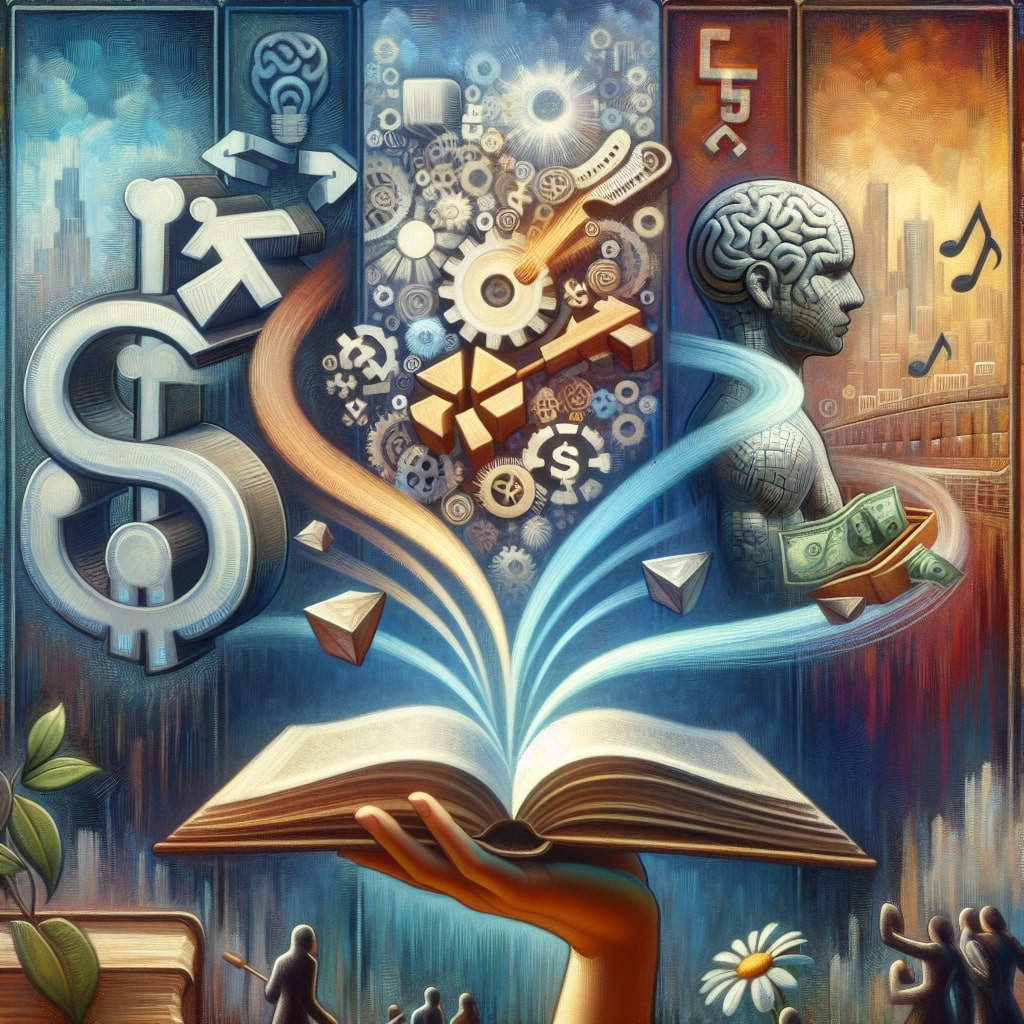Blockchain and Public Welfare Lotteries
Innovative Integration Bringing Hope to Society
Mr. LianxiPosted on 2024-01-14 21:50:07
#technology #finance #lottery #financialmanagement
In the complex and ever-changing contemporary society, public welfare lotteries have played a crucial role as a means of fundraising and supporting social welfare. In recent years, the flourishing development of blockchain technology has offered new possibilities for the management, transparency, and efficiency of public welfare lotteries. The integration of these two, not only promotes the development of public welfare projects but also holds the potential to bring more hope and opportunities to society.
Now, let's explore the impact of public welfare lotteries on society, focusing on their positive effects on welfare projects, cultural support, community development, and public participation.
 Generated by OpenAI DALL·E 3
Generated by OpenAI DALL·E 3
1. Impact of Public Welfare Lotteries on Society
Public welfare lottery is a fundraising method for social welfare projects through the purchase of lottery tickets. This lottery system has been in place for many years in various countries, with examples such as Japan's "公益くじ" (Public Welfare Lottery) and Taiwan's "公益彩券" (Public Welfare Lottery). The following discussion explores the impact of public welfare lotteries on society, focusing on their positive effects on welfare initiatives, cultural support, community development, and public participation.
1.1 Support for Welfare Projects
Funds raised through public welfare lotteries are typically directed towards supporting social welfare projects, including but not limited to elderly care, childcare, and disability assistance. This injection of funds enables relevant welfare institutions to provide more and higher-quality services. In Japan, for example, the proceeds from public welfare lotteries are used to support social infrastructure and charitable activities, thus improving the welfare standards of communities.
1.2 Sponsorship of Cultural Projects
In addition to social welfare, public welfare lotteries are often used to sponsor cultural projects such as art exhibitions, concerts, and performing arts. This financial support contributes to the flourishing of cultural arts, allowing more people to participate and enjoy various cultural activities. In Taiwan, the proceeds from public welfare lotteries are frequently allocated to the development of cultural arts, supporting artists' creations and the organization of cultural events.
1.3 Promotion of Community Development
Funds from public welfare lotteries can also be utilized for community construction and development, contributing to the improvement of the quality of life in communities. This includes infrastructure construction, the establishment of parks and green spaces, and the promotion of community activities. Such initiatives not only make communities more livable but also stimulate local economic development. In South Korea, funds from public welfare lotteries are used for community construction, enhancing the living environment in some relatively impoverished areas.
1.4 Incentive for Public Participation
The purchase of public welfare lottery tickets itself is a form of public participation. This participation not only economically supports social welfare projects but also brings people closer within society. Through participating in public welfare lotteries, individuals can better feel their contribution to society, fostering a sense of involvement that contributes to the cohesion of social consensus. The National Lottery in the UK is a successful example that not only provides funds for charitable causes but also encourages people to engage in social affairs.
The impact of public welfare lotteries on society is diverse and predominantly positive. By supporting social welfare, cultural endeavors, and community development, public welfare lotteries provide a sustainable fundraising avenue for society. Simultaneously, they inspire public awareness, leading society members to care more about social issues and fostering a collective effort. Of course, to ensure the effective operation of public welfare lotteries, proper management and transparent use of funds are essential, ensuring that funds genuinely address societal needs.
2. Advantages of Blockchain Technology
Blockchain technology, initially designed for Bitcoin, has now transcended the realm of cryptocurrencies to become a potentially transformative technology. Its advantages are evident not only in the financial sector but also extend to various industries such as supply chain, healthcare, real estate, and voting systems. The following is an analysis of the advantages of blockchain technology:
2.1 Decentralization and Distributed Ledger
Blockchain is a decentralized system for data storage and management. Compared to traditional centralized systems, blockchain eliminates single points of failure, thereby enhancing the overall security and stability of the system.
2.2 Immutability and Security
Each block in the blockchain contains information from the previous block, forming a connected chain. This structure prevents data from being arbitrarily modified, ensuring the immutability of information. Through encryption technology, blockchain also provides high-level security, making it difficult for data to be accessed or tampered with illegitimately.
2.3 Transparency and Traceability
Transaction information on the blockchain is public and transparent, allowing every participant to view the entire transaction history. This transparency increases the trust in the system and facilitates the tracing of past transactions, thereby reducing the occurrence of fraudulent activities.
2.4 Smart Contracts
Also known as intelligent contracts, blockchain introduces smart contracts, which are code-based mechanisms for automatic contract execution. Smart contracts can execute contract terms automatically and accurately, reducing human errors and improving the efficiency of contract execution.
2.5 Cost Reduction and Acceleration of Transactions
Traditional financial transactions may involve cumbersome intermediary institutions and extensive paperwork. Blockchain technology eliminates these complex steps, reducing transaction costs and accelerating transaction processing.
2.6 Enhanced Supply Chain Visibility
In supply chain management, blockchain provides real-time, traceable data, contributing to improved product visibility. This is crucial for accurately tracking the origin, transportation processes, and inventory status of products, as well as promptly addressing supply chain issues.
2.7 Improved Identity Verification
Blockchain can offer a more secure and decentralized identity verification mechanism. Each participant has a unique encrypted identity, making it more challenging to impersonate, while also protecting individual privacy.
2.8 Facilitating Financial Inclusion
Blockchain can lower the barriers to financial transactions, enabling residents in areas lacking banking services to participate in financial activities. This contributes to promoting financial inclusion, allowing more people to access financial services.
The advantages of blockchain technology lie in its decentralization, immutability, transparency, and other features, making it widely applicable across various industries. However, it's important to note that blockchain still faces challenges in technology, regulations, and other aspects, requiring continuous improvement and exploration. Undeniably, the widespread adoption and application of blockchain technology will have profound impacts on society.
3. Innovative Integration of Public Welfare Lottery and Blockchain Technology
Public welfare lottery and blockchain technology may seem unrelated at first glance, but both play unique roles in societal impact and technological innovation. Combining these two can potentially bring greater benefits to society and philanthropy, providing solutions that are more transparent, secure, and efficient.
3.1 Enhanced Transparency
One of the key advantages of blockchain technology is transparency. Recording the fundraising and allocation processes of public welfare lottery on the blockchain enables full transparency in donation tracking. Donors can directly view the destination of their contributions, ensuring funds are used for the intended philanthropic purposes. This helps dispel concerns about opaque donations, increasing societal trust in philanthropy.
3.2 Increased Donor Engagement
Leveraging blockchain technology allows for the creation of smart contracts, automating and verifying the donation process of public welfare lottery. When donors participate, they can instantly see the results of their contributions, ensuring each donation is legitimately utilized. This real-time feedback and transparency may increase donor engagement, inspiring more people to participate in philanthropy.
3.3 Improved Efficiency and Cost Reduction
The decentralized nature of blockchain and the automated execution of smart contracts enhance the efficiency of managing and operating public welfare lottery. This not only reduces intermediary and administrative costs but also ensures more funds are directed towards actual social welfare initiatives. This optimizes the effective utilization of philanthropic funds while shortening the time it takes for donation funds to reach the actual needs.
3.4 Enhanced Reputation of Philanthropy
The immutability and security provided by blockchain technology help prevent fund misuse and improper conduct. This contributes to enhancing the reputation of philanthropy, increasing societal trust in charitable organizations. When people know that their donations are highly secure, they are more likely to make larger contributions.
3.5 Cross-Border Donations and Transparency
Blockchain technology enables global data transparency, making cross-border donations more convenient and transparent. Donors can cross national borders to inspect the usage of their donations, ensuring the maximization of their impact on society. This facilitates global collaboration and development in philanthropy.
3.6 Fostering Community Development
The application of blockchain technology extends beyond donation transparency to community construction and development. For instance, using blockchain can achieve progress tracking in community infrastructure projects, transparent fund usage, thereby enhancing community members' participation in affairs.
Combining Innovation and Social Responsibility
The integration of public welfare lottery and blockchain technology not only enhances transparency and trust but also contributes to improving the efficiency and effectiveness of philanthropy. This combination represents innovation, bringing new possibilities to traditional public welfare lotteries and injecting additional social value into the application of blockchain technology. Let us look forward to the positive impact of such integration in various fields, continuously infusing boundless vitality into societal development.























